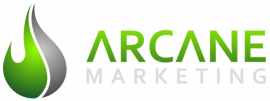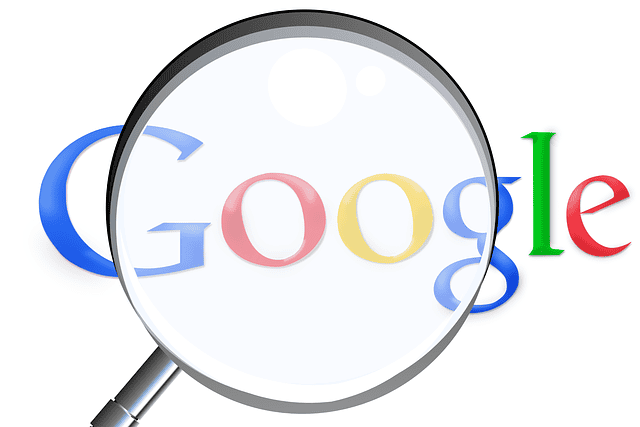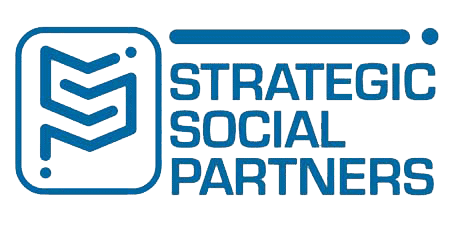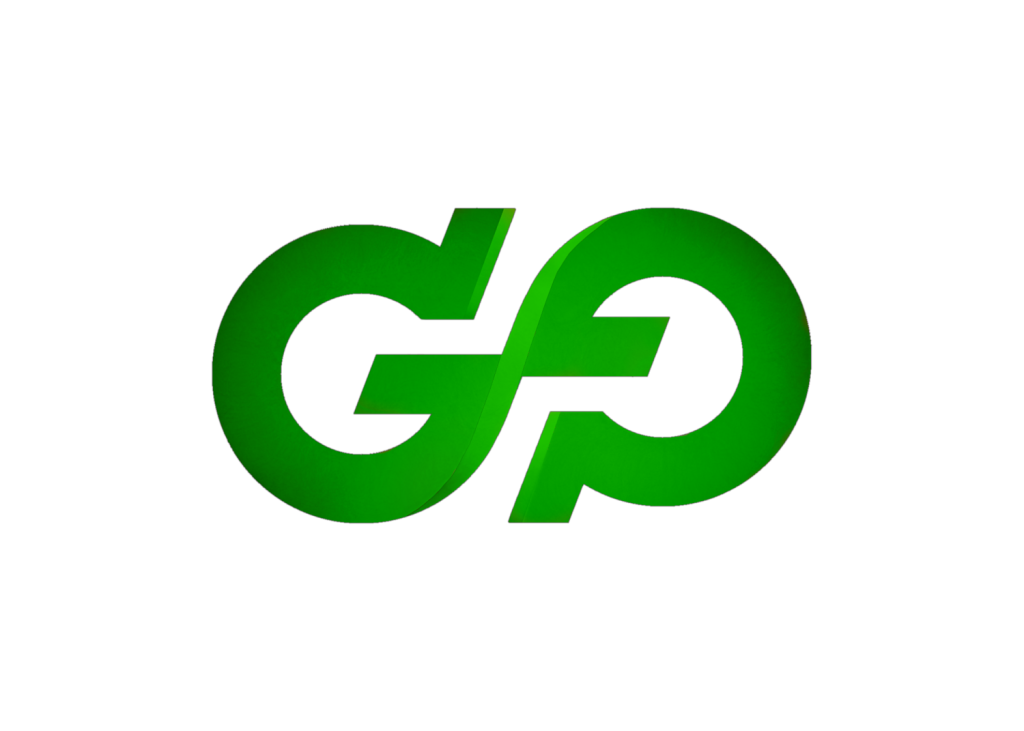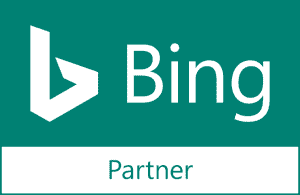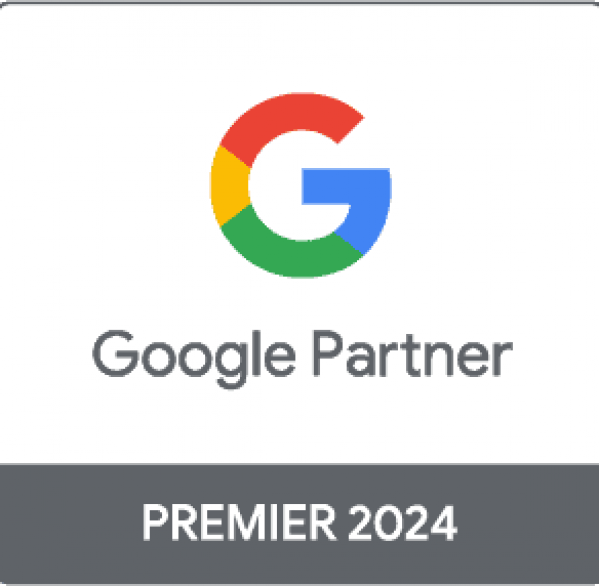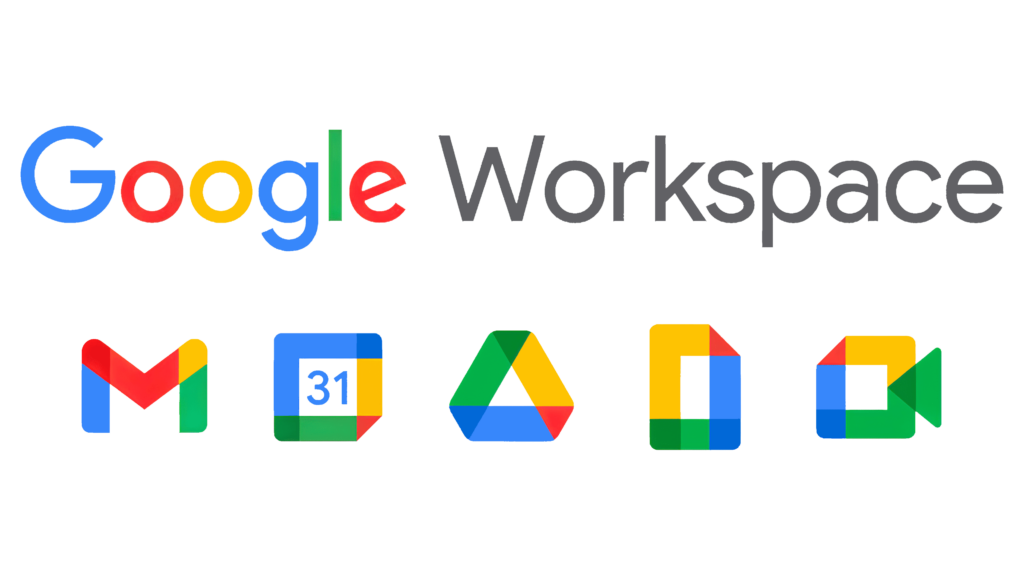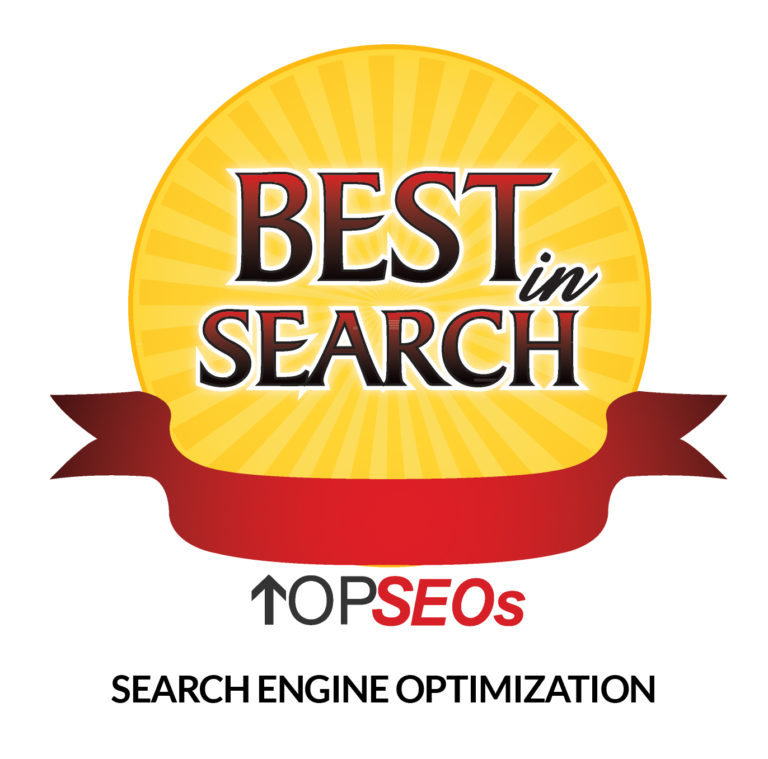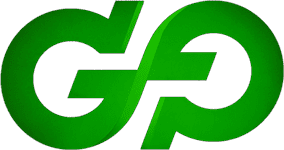An important aspect of SEO is making sure your website is easy for both users and search engine robots to understand and utilize. Although search engines have become increasingly sophisticated, they still can’t see and understand a web page the same way a human can. SEO helps the engines figure out what each page is about, and how it may be useful for users. Imagine you posted online a picture of your family dog. A human might describe it as “a black, medium-sized dog, looks like a Lab, playing fetch in the park.”
On the other hand, the best search engine in the world would struggle to understand the photo at anywhere near that level of sophistication. How do you make a search engine understand a photograph? Fortunately, SEO allows webmasters to provide clues that the engines can use to understand the content.
In fact, adding proper structure to your content is essential to SEO. Understanding both the abilities and limitations of search engines allows you to properly build, format, and annotate your web content in a way that search engines can digest. Without SEO, a website can be invisible to search engines.
The Limits of Search Engine Technology
The major search engines all operate on the same principles, as explained in Chapter 1. Automated search bots crawl the web, follow links, and index content in massive databases. They accomplish this with dazzling artificial intelligence, but modern search technology is not all-powerful. There are numerous technical limitations that cause significant problems in both inclusion and rankings. We’ve listed the most common below:
Problems Crawling and Indexing
Online forms: Search engines aren’t good at completing online forms (such as a login), and thus any content contained behind them may remain hidden.
Duplicate pages: Websites using a CMS (Content Management System) often create duplicate versions of the same page; this is a major problem for search engines looking for completely original content.
Blocked in the code: Errors in a website’s crawling directives (robots.txt) may lead to blocking search engines entirely.
Poor link structures: If a website’s link structure isn’t understandable to the search engines, they may not reach all of a website’s content; or, if it is crawled, the minimally-exposed content may be deemed unimportant by the engine’s index.
Non-text Content: Although the engines are getting better at reading non-HTML text, content in rich media format is still difficult for search engines to parse. This includes text in Flash files, images, photos, video, audio, and plug-in content.
Problems Matching Queries to Content
Uncommon terms: Text that is not written in the common terms that people use to search. For example, writing about “food cooling units” when people actually search for “refrigerators.”
Language and internationalization subtleties: For example, “color” vs. “colour.” When in doubt, check what people are searching for and use exact matches in your content.
Incongruous location targeting: Targeting content in Polish when the majority of the people who would visit your website are from Japan.
Mixed contextual signals: For example, the title of your blog post is “Mexico’s Best Coffee” but the post itself is about a vacation resort in Canada that happens to serve great coffee. These mixed messages send confusing signals to search engines.
Why Website Optimization Important For Human and Search Engine Robots
Website optimization follows the same principles utilized in conversion rate optimization and it is essential to optimize for both human users and search engine robots because they have different needs and goals. Human users are the primary audience for any website or online content, and their satisfaction and engagement with the content ultimately determine the success of the website or online business. Therefore, optimizing for human users means creating high-quality, relevant, and engaging content that meets their needs and expectations.
On the other hand, search engine robots are responsible for indexing and ranking websites based on their relevance and authority for specific search queries. Therefore, optimizing for search engine robots means following best practices for on-page optimization, technical SEO, and link building to ensure that the website is easily crawlable, has relevant content, and meets other ranking factors.
By optimizing for both human users and search engine robots, websites can achieve higher visibility and traffic from search engines while providing a positive user experience for their visitors. This can lead to increased engagement, conversions, and ultimately, business success.
Make Sure Your Content Gets Seen

Getting the technical details of search engine-friendly web development correct is important, but once the basics are covered, you must also market your content. The engines by themselves have no formulas to gauge the quality of content on the web. Instead, search technology relies on the metrics of relevance and importance, and they measure those metrics by tracking what people do: what they discover, react, comment, and link to. So, you can’t just build a perfect website and write great content; you also have to get that content shared and talked about.
Take a look at any search results page and you’ll find the answer to why search marketing has a long, healthy life ahead. There are, on average, ten positions on the search results page. The pages that fill those positions are ordered by rank. The higher your page is on the search results page, the better your click-through rate and ability to attract searchers.
Results in positions 1, 2, and 3 receive much more traffic than results down the page, and considerably more than results on deeper pages. The fact that so much attention goes to so few listings means that there will always be a financial incentive for search engine rankings.
No matter how search may change in the future, websites and businesses will compete with one another for this attention, and for the user traffic and brand visibility it provides.
Constantly Changing SEO
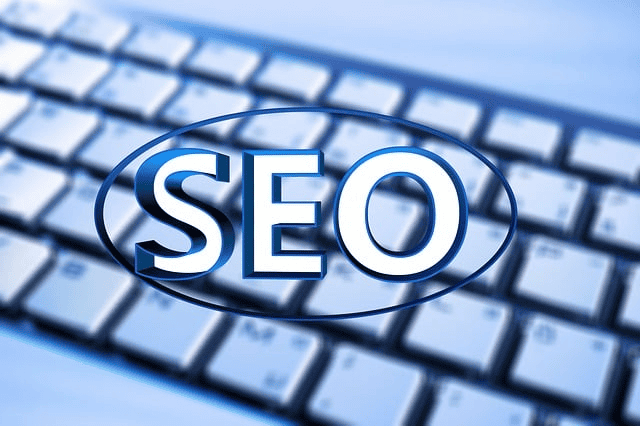
When search marketing began in the mid-1990s, manual submission, the relevant keywords tag, and keyword stuffing were all regular parts of the tactics necessary to rank well. In 2004, link bombing with anchor text, buying hordes of links from automated blog comment spam injectors, and the construction of inter-linking farms of websites could all be leveraged for traffic. In 2011, social media marketing and vertical search inclusion are mainstream methods for conducting search engine optimization.
Search engines have refined their algorithms along with this evolution, so many of the tactics that worked in 2004 can hurt your SEO today. The future is uncertain, but in the world of search, change is a constant. For this reason, search marketing will continue to be a priority for those who wish to remain competitive on the web. Some have claimed that SEO is dead, or that SEO amounts to spam.
As we see it, there’s no need for a defense other than simple logic: websites compete for attention and placement in the search engines, and those with the knowledge and experience to improve their website’s ranking will receive the benefits of increased traffic and visibility.
How To Optimize Website For Humans and Robots
Optimizing a website for both humans and robots (search engine crawlers) requires a multi-faceted approach. Here are some key strategies to consider:
User-friendly design: Your website should have an intuitive layout, clear navigation, and easy-to-read content. Use headings, bullet points, and images to break up long blocks of text and make your pages visually appealing. Also, ensure that your website is responsive on mobile devices, as more and more people are accessing the internet via their smartphones.
Relevant and high-quality content: Your website should provide valuable information that answers your visitors’ questions and meets their needs. Use keywords strategically, but avoid “keyword stuffing” (overusing keywords in an attempt to manipulate search engine rankings). Instead, focus on conducting keyword research and creating well-written and engaging content that will naturally attract links and shares.
Page load speed: Website visitors and search engines alike prefer web pages that load quickly. Use a content delivery network (CDN), optimize images and videos, and reduce unnecessary code to speed up your site’s loading times.
Technical optimization: Robots need to be able to crawl and index your site, so it’s important to ensure that your website is technically optimized. This includes using descriptive URLs, optimizing meta tags and title tags, and submitting a sitemap to Google Search Console.
Link building: Inbound links (links from other websites to your own) are an important factor in search engine rankings. Focus on creating high-quality content that naturally attracts links, and consider reaching out to other websites in your niche to request links. One thing to keep in mind is to avoid any broken links. Fix it right away.
By following these optimization strategies, you can create a website that appeals to both humans and robots, resulting in better search engine rankings, more traffic, and a better user experience.
Don't Forget To Use Website Optimization Tools

There are many website performance optimization tool available that can help you improve your website’s performance and user experience. Here are some popular options:
Google PageSpeed Insights – This tool provides a score for your website’s performance on both desktop and mobile devices, and offers suggestions for improving load times.
GTmetrix – This tool offers detailed reports on your website’s loading speed, including recommendations for improving performance and optimizing images.
Pingdom – This tool provides a breakdown of your website’s loading speed and identifies potential issues that may be slowing down your site.
SEMrush – This is a comprehensive SEO tool that includes features for analyzing your website’s performance, identifying technical issues, and optimizing for search engines.
Moz Pro – This tool offers a suite of SEO features, including site audits, keyword research, and rank tracking, to help you optimize your website for search engines.
Ahrefs – This is another comprehensive SEO tool that includes features for keyword research, competitor analysis, and site auditing.
Optimizely – This tool offers A/B testing and personalization features that can help you optimize your website’s user experience and improve conversion rates.
Crazy Egg – This tool offers heatmaps and other user behavior analytics to help you understand how users interact with your website and identify areas for optimization.
Hotjar – This is another tool that provides heatmaps and user behavior analytics, as well as features for user feedback and testing.
Google Analytics – This is a powerful tool for tracking website traffic and user behavior, and can help you identify areas for optimization based on user data.
Key Takeaway
While it’s important to optimize your website for search engine robots, your primary focus should be on optimizing it for human users. This is because ultimately, it is human users who will be visiting and using your website, and their experience will determine whether they stay on your site, engage with your content, and potentially become customers or clients.
However, it’s also important to keep in mind that search engines use bots to crawl and index websites, and they use various factors to determine the relevance and quality of a site. Therefore, you should also consider web optimization to ensure it is easily accessible and readable by search engine robots.
In short, while both human users and search engine robots are important, you should focus your optimization efforts on optimizing your website for human users while also ensuring it is structured and designed in a way that is friendly to search engine robots.
If you’re not sure where to start, contact us and we will help you get started.
